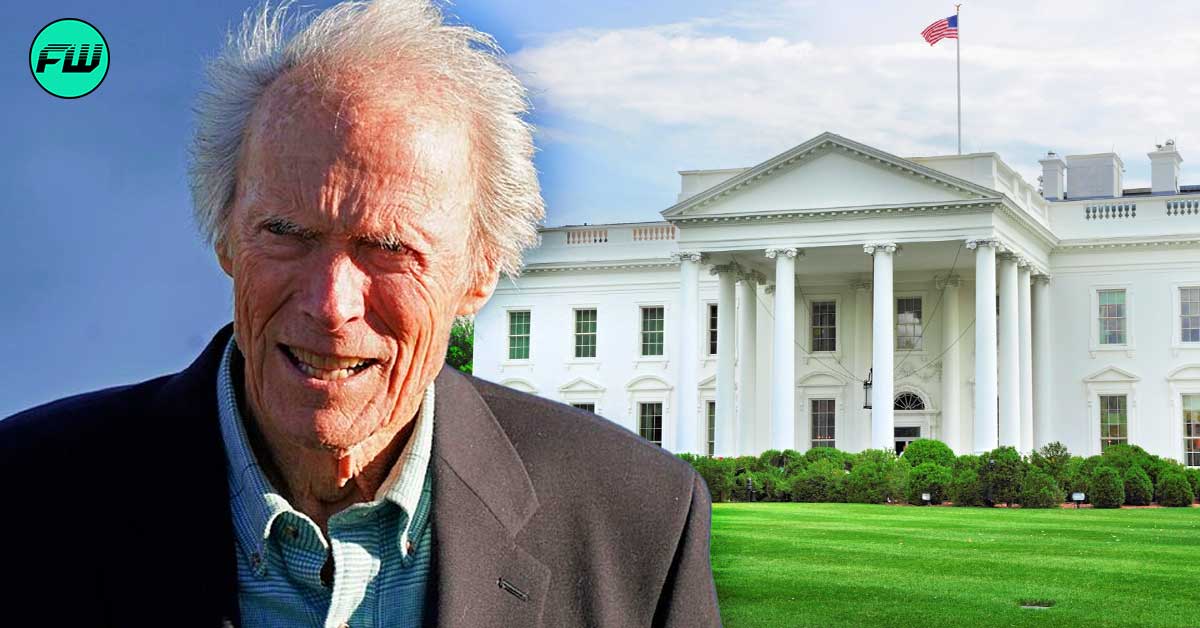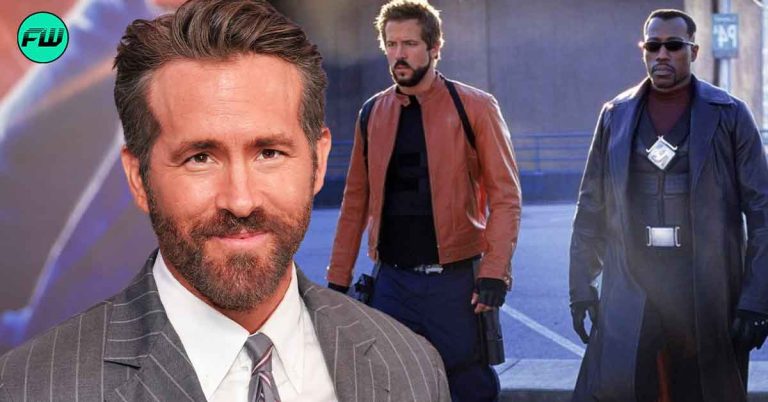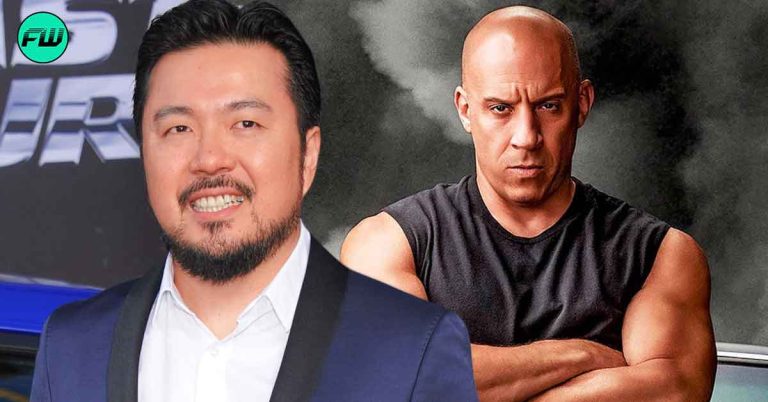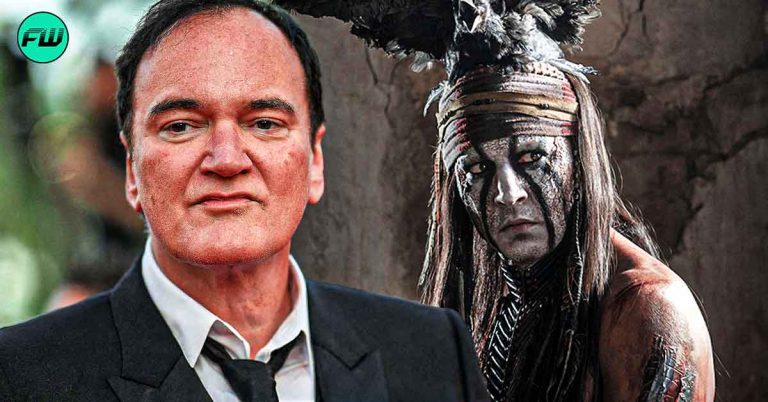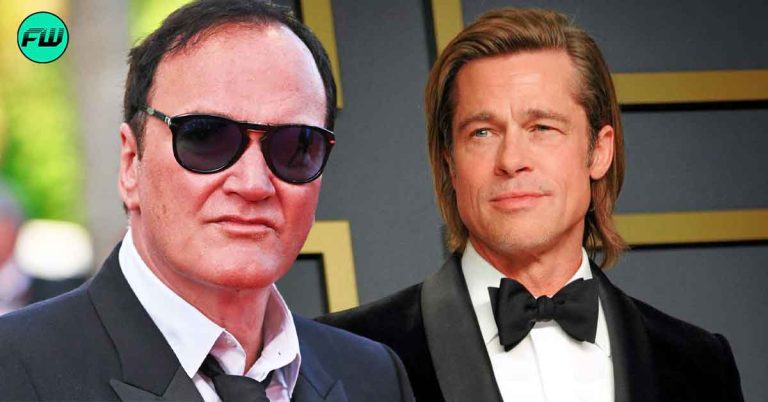Although Clint Eastwood is a jack of all trades, his deepest affection lies in the realm of direction. Throughout his illustrious and extensive career, he has helmed more than 35 films, solidifying his status as a true legend in the field. His remarkable cinematic journey encompasses an impressive 11 Oscar nominations and a wide collection of prestigious accolades. Eastwood’s love for directing isn’t that can be measured but can be felt through his dedication and commitment to his art.
Although his work ethic wasn’t conventional, it was effective. The director held the sets of his movies in the highest regard. Thus a dinner at the White House ignited an idea within him, that revolutionized filmmaking forever.
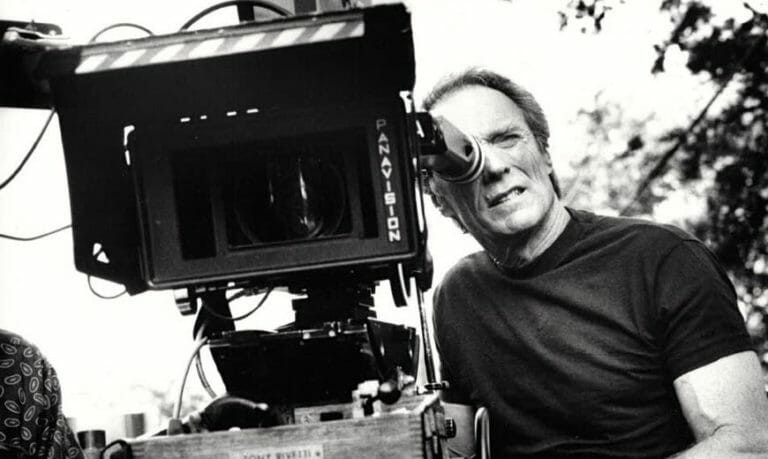
Clint Eastwood’s “Secret Service” Technique Changed Filmmaking in Hollywood Forever
In the realm of directing, the maestro, Clint Eastwood liked committing undivided focus to his artistry. While the daily intricacies and challenges on set were inherent to filmmaking, he held the belief that the environment should foster a space for actors, directors, and the entire crew to delve into their creative pursuits without unwarranted intrusion or disruption. Thus claimed quiet sets are necessary to allow them to go through scenes without unnecessary hassles. In an interview with DGA Quarterly, the director revealed,
“I went to the White House for a dinner … and I noticed that there were these Secret Service guys all around and they were all talking very quietly into these tiny headsets, carrying on entire conversations without disturbing anyone. So I came back here and I said, ‘Why the hell do you go on a movie set and people have open radios squawking and people yelling, ‘Hey, Al, put the light over here!’ We’ve got all this technology; certainly we can be as technologically sound as the Secret Service.'”
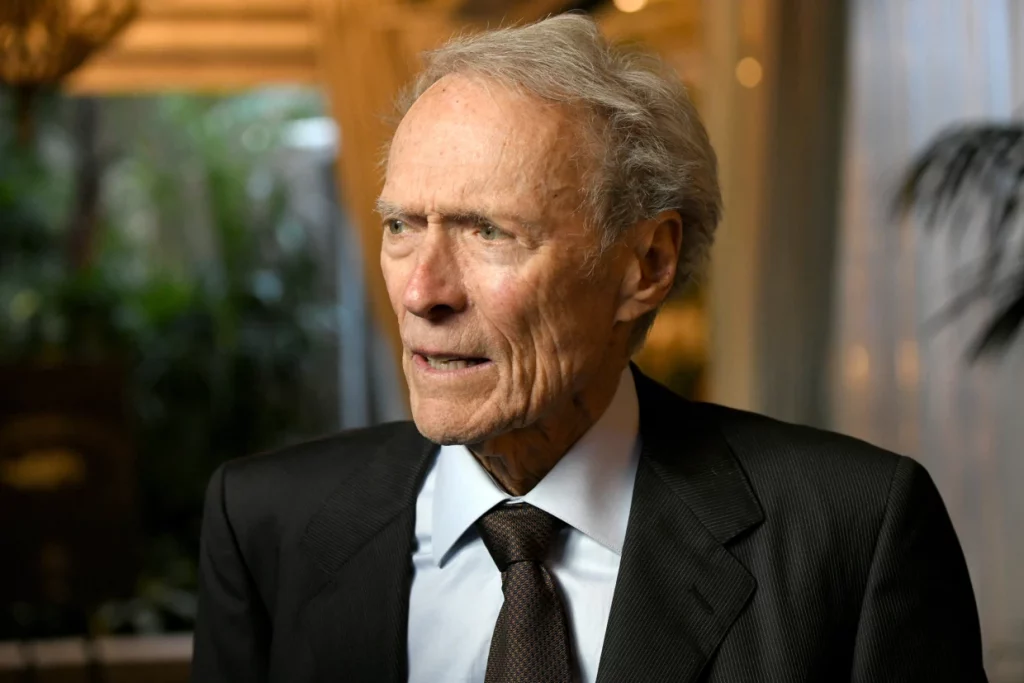
Upon observing the interactions of the Secret Service during his visit to the White House, Eastwood was struck by an epiphany about what he had been overlooking. Witnessing the seamless coordination among the individuals present, the director was prompted to swiftly integrate the same principle into his own sets. This exponential increase in efficiency became his preferred method of filmmaking ever since.
Some A-List Hollywood Actors’ Experience Working With Clint Eastwood
During his extensive tenure in the industry, the director collaborated with a variety of Hollywood stars. While a portion flourished within the director’s hushed set environment, there were those who found themselves disenchanted by it. While not all had the audacity to openly express their displeasure, there were instances where his approach inadvertently created discomfort and friction. Matt Damon was one such person who saw Eastwood’s cutthroat side. While working on the movie Invictus, the perfectionist Damon felt the need to retake many scenes to get the perfect shot, thus even after deliberate pestering, the actor was shushed by saying,
“Why? You want to waste everybody’s time?”
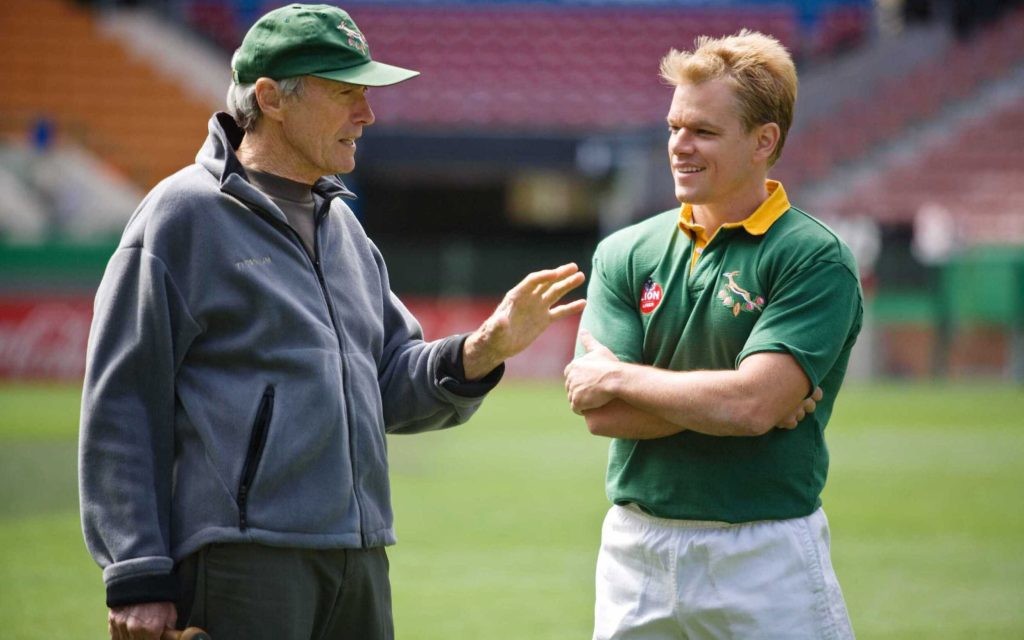
The actor thus, quietly moved on to the next scene, but Damon wasn’t the only one who was intimidated by the director, Tom Hanks is also on the list. As the actor stated, the director treats his actors like “horses”. Hanks claims the most intimidating part comes when the director gives out instructions in his hushed voice,
“So when he’s [Eastwood] in charge, he says in a really quiet soft voice, ‘All right, go ahead,’ and instead of shouting ‘Cut!’ That’s enough of that.’ It’s intimidating as hell!”
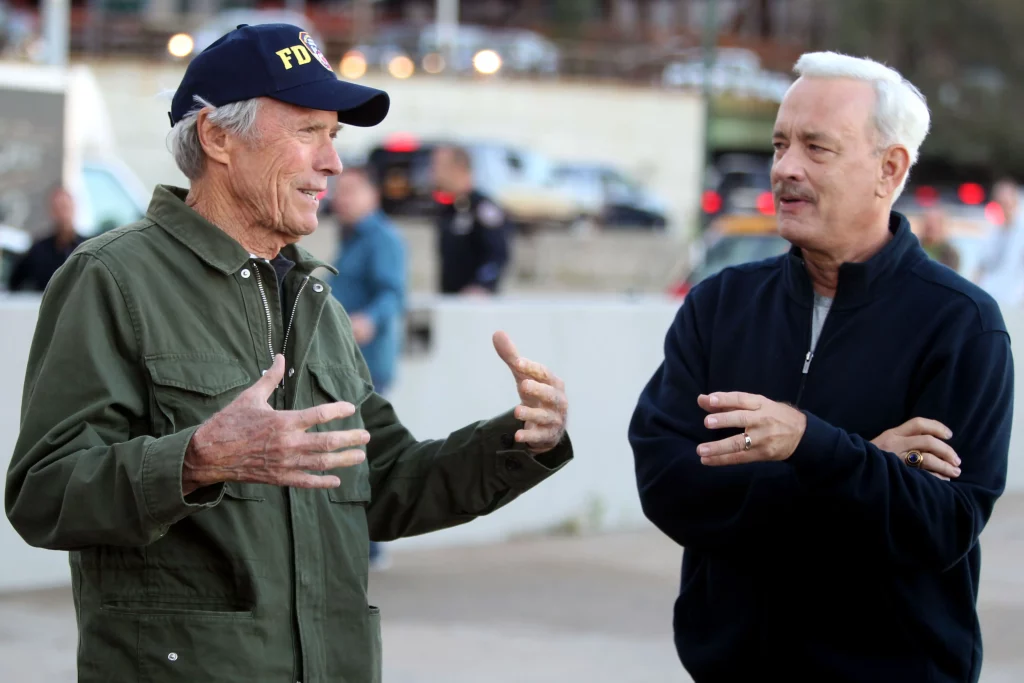
Conversely, Leonardo DiCaprio made his stance clear by declaring his decision not to collaborate with the director again following their work on J. Edgar. The actor-director duo found themselves engaged in frequent disagreements owing to their disparate creative visions. Similarly, Meryl Streep also had her reservations, although she acknowledges the director’s directorial prowess, her views on various matters do not align with his, leading her to withhold full support.
Source: DGA Quarterly

